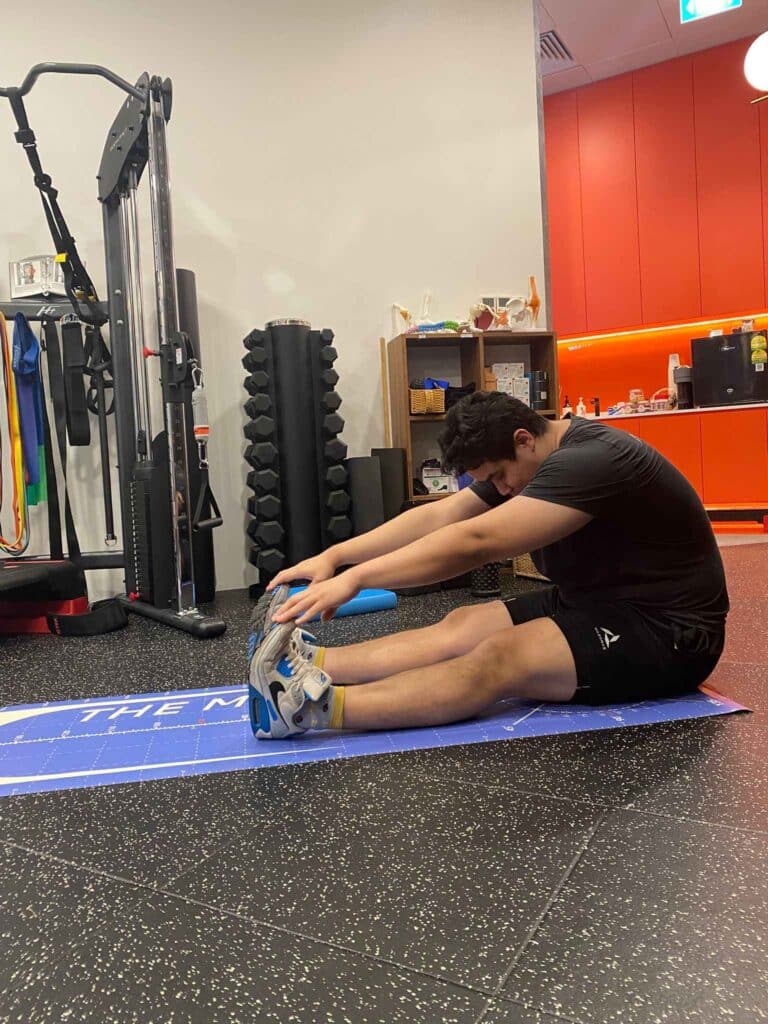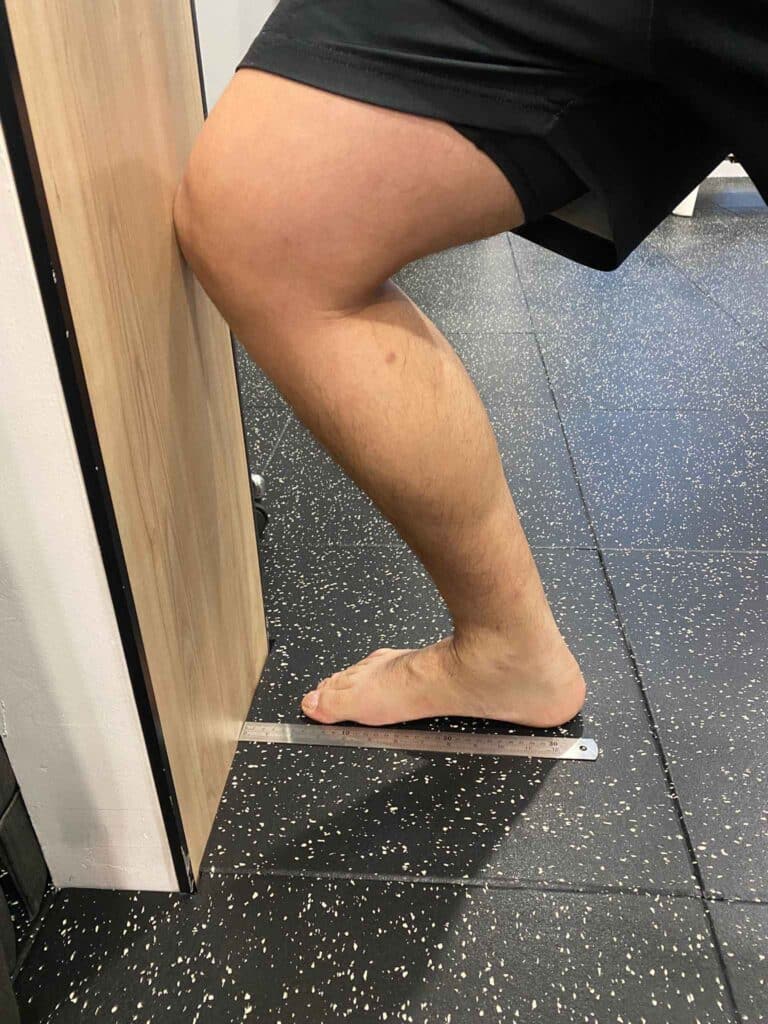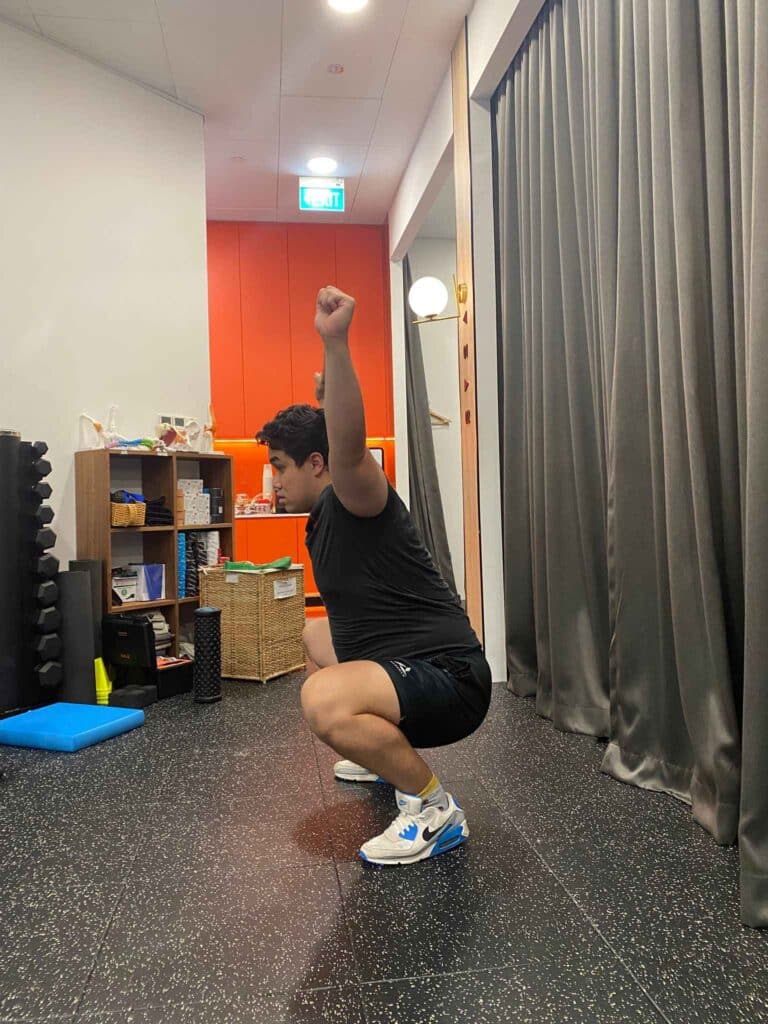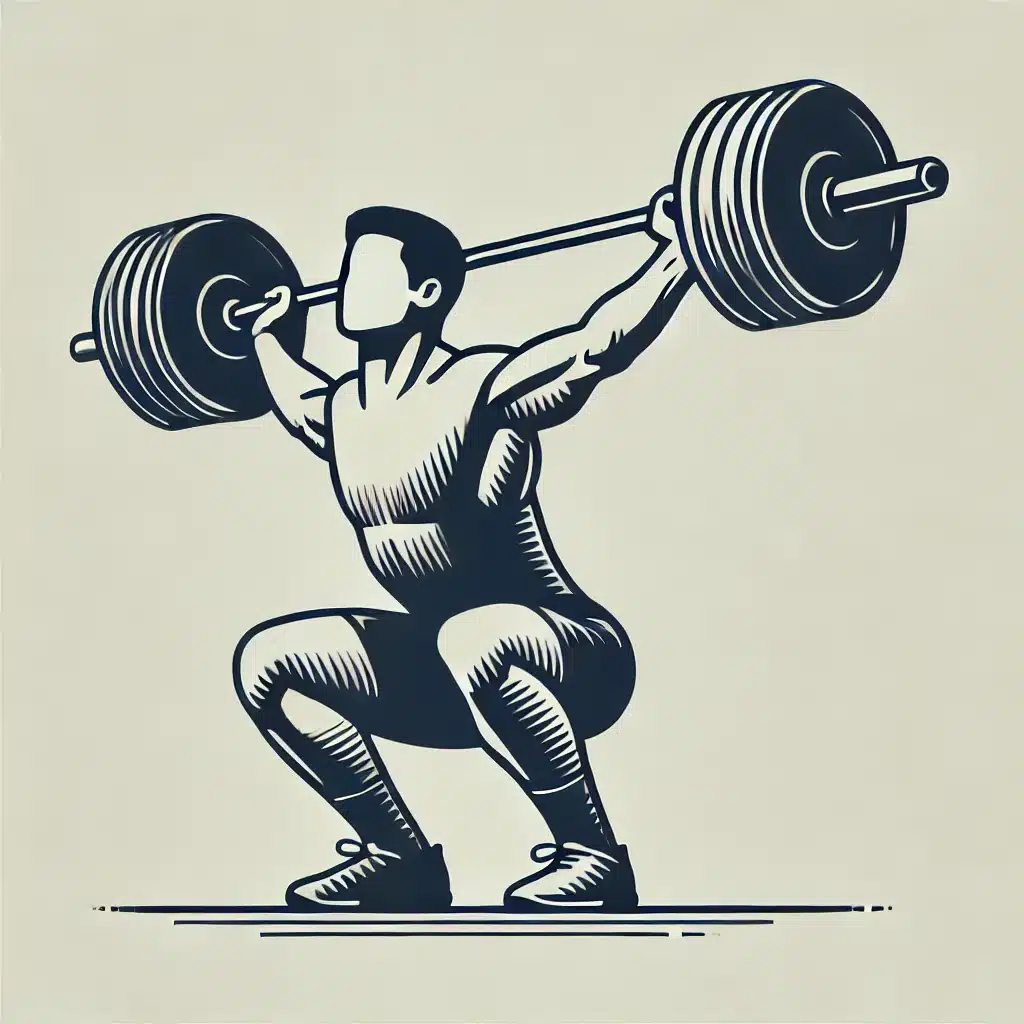For athletes, mobility—the ability to move freely and easily through a full range of motion—is a game-changer. It boosts performance, helps prevent injuries, and keeps athletes in the game longer. However, while many focus on building strength or endurance, mobility often gets overlooked. Even the strongest athletes can struggle or get hurt if they don’t move well.
The good news? Poor mobility isn’t something you’re stuck with—it can be improved with the right approach. But it’s not as simple as doing quick stretches before a workout. Real, lasting mobility gains take time, consistency, and a plan that tackles the root causes of tightness or stiffness. In this blog post, we’ll break down practical tips and insights to help athletes move better, perform better, and stay injury-free for the long haul.
One of the biggest mistakes we often make is getting the dosage of mobility exercises wrong. It’s a big deal because if we’re doing the wrong exercises or not doing enough (or too much), we might not see any real improvement in mobility at all. And let’s be honest—nothing’s more frustrating than putting in the work and feeling like you’re getting nowhere. That’s why nailing the right balance is so important for making progress.
The first important step to take is taking baseline measurements of mobility before starting a mobility program. These measurements can give you a clear picture of where you’re starting and help you track improvements over time. Some examples include the sit-and-reach test for lower back/hamstring flexibility, knee-to-wall test for ankle dorsiflexion mobility or overhead squat test to evaluate ankle, hip, and thoracic mobility.



(Figure 1. From left to right: Sit-and-reach test, knee-to-wall test & overhead squat test)
Now that your baseline has been established – let’s look at the evidence for the common modalities that help with improving mobility. One thing to note here is that there is varied evidence everywhere, so do what works best for you after some trial & error.
Stretching
Using findings from a review by Ewan et al. (2018), they found that not all types of stretching are created equal. The study compared three common stretching methods:
- Static Stretching (holding a stretch)
- Dynamic Stretching (moving through a range of motion)
- Proprioceptive neuromuscular facilitation (PNF) Stretching (contract-relax techniques)
What they found:
- Good old static stretching was the MVP when it comes to improving flexibility, but only when held long enough
- PNF stretching was highly effective for short-term gains in range of motion (ROM).
- Dynamic stretching was also able to improve ROM but was less effective than PNF or static stretching. However, it helps to prep muscles without reducing power.
- Stretching a muscle group for 30 – 60 seconds gave the same result as stretching for more than 60 seconds
- Stretching 5-7 days/week was most effective to maximise mobility changes
Foam Rolling
While not as extensively researched compared to stretching, foam rolling has gained traction among athletes for its potential benefits in flexibility, recovery, and performance. By rolling various body parts over the foam roller, the body’s weight creates a self-massage effect which stimulates various tissues and enhances circulation. Simultaneously, foam rolling also creates compression & ischemic pressure on tender areas which has been found to reduce pain and increase range of motion. For a more in-depth review of the evidence on foam rolling, you can refer to this article here: https://activexphysio.com/practical-applications-of-foam-rolling/
Basic Guidelines
- Can be done 3-5x/week, for at least 4 weeks in duration
- The texture/hardness of the foaming roller is not important, striving for moderate discomfort while foam rolling
- Perform 1-3 sets, 30-120 seconds per muscle group, and at a rolling speed of 2-4 seconds per roll over the desired muscle group
- Foam rolling generally produces similar improvements when compared to stretching, but a combination of foam rolling plus stretching will have better outcomes than stretching alone
Eccentrics
Also known as ‘negatives’, this happens when the muscle lengthens as it contracts. Say you are doing a bicep curl, the upward movement of lifting the weight is the concentric phase, whereas the controlled lowering of the weight down is the eccentric phase. During eccentric training, there is an increase in the muscle’s cross-sectional area, fascicle length and pennation angles. These cumulatively allows for more force generation and increases flexibility over a larger ROM. Therefore, after utilising static stretching & foam rolling to create an acute increase in your flexibility, using eccentrics to load and access your improved mobility helps strengthens these new positions and prevents it from returning to its old habits.
Basic Guidelines
- Performed 2-3x per week
- 1-2 sets of 3-6 reps
- Adopt a 3-5 second tempo during the eccentric phase
Putting it all together
Example: 25 year old male athlete struggling to hit depth in his squats due to limited hip external rotation mobility & limited ankle dorsiflexion mobility
To address his limited hip external rotation:
- Foam roll glute medius & piriformis x 30 second
- Pigeon Pose Stretch x 60 seconds
- 5s Tempo Goblet Squats x 2 sets x 5 reps
- Begin training session and ensure that he is utilising full range of motion during squats
To address his limited ankle dorsiflexion:
- Foam roll calves x 60 seconds
- Stretch soleus x 60 seconds
- Calf raise off step (full stretch at bottom) x 5 reps x 5s tempo on descend
- Begin training session and ensure that he is utilising full range of motion during squats
Conclusion: Building mobility that lasts
Mobility isn’t a quick fix—it’s a long-term investment in your body’s ability to move, perform, and thrive. For athletes, the journey to better mobility starts with understanding that it’s not just about stretching harder or rolling longer. It’s about combining the right strategies, tracking progress, and staying consistent.
Here’s the blueprint for creating lasting change:
- Start with Clarity: Baseline measurements aren’t just a formality, they serve as your roadmap. They show where you’re starting and help you celebrate progress, even when it feels slow.
- Stretch Smart: Static stretching (30–60 seconds per muscle group) and PNF techniques are your go-to for flexibility gains.
- Roll with It: Foam rolling isn’t just a trendy recovery tool. Pair it with stretching to boost circulation, ease stiffness, and prep tissues for improved mobility.
- Strengthen New Ranges: Eccentric training locks in mobility gains by teaching your muscles to control and own those newfound ranges. Think of it as “strengthening your flexibility.”
- Progress with Purpose: Target specific limitations with a mix of rolling, stretching, and loaded movement, then use that mobility in your training.
Remember, mobility work takes time. Whether you’re chasing heavier lifts, faster sprints, or pain-free movement, the principles here apply: Measure, mobilize, strengthen, repeat. Stick with the plan, track your wins (big or small), and trust the process.
References
Cheatham, S. W., Kolber, M. J., Cain, M., & Lee, M. (2015). The effects of self-myofascial release using a foam roller or roller massager on joint range of motion, muscle recovery and performance: A systematic review. Int J Sports Phys Ther, 10(6), 827-38. Retrieved from https://pubmed.ncbi.nlm.nih.gov/26618062/
Sharifnezhad, A., Marzilger, R. and Arampatzis, A. (2014) ‘Effects of load magnitude, muscle length and velocity during eccentric chronic loading on the longitudinal growth of vastus lateralis muscle’, Journal of Experimental Biology [Preprint]. doi:10.1242/jeb.100370.
Thomas, E., Bianco, A., Paoli, A., & Palma, A. (2018). The relation between stretching typology and stretching duration: the effects on Range of motion. International Journal of Sports Medicine, 39(04), 243–254. https://doi.org/10.1055/s-0044-101146


